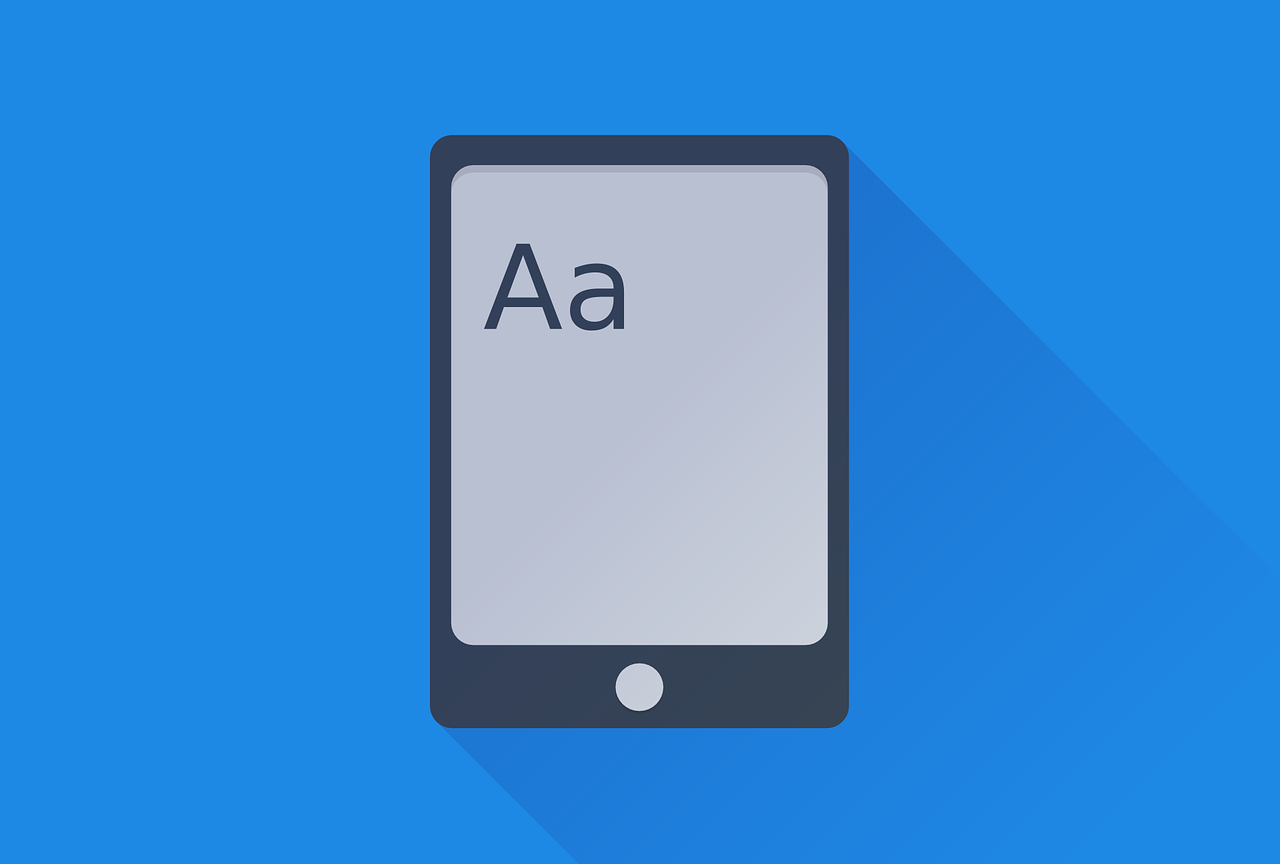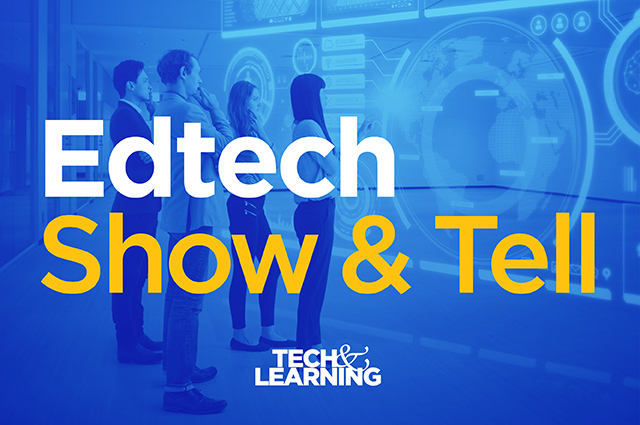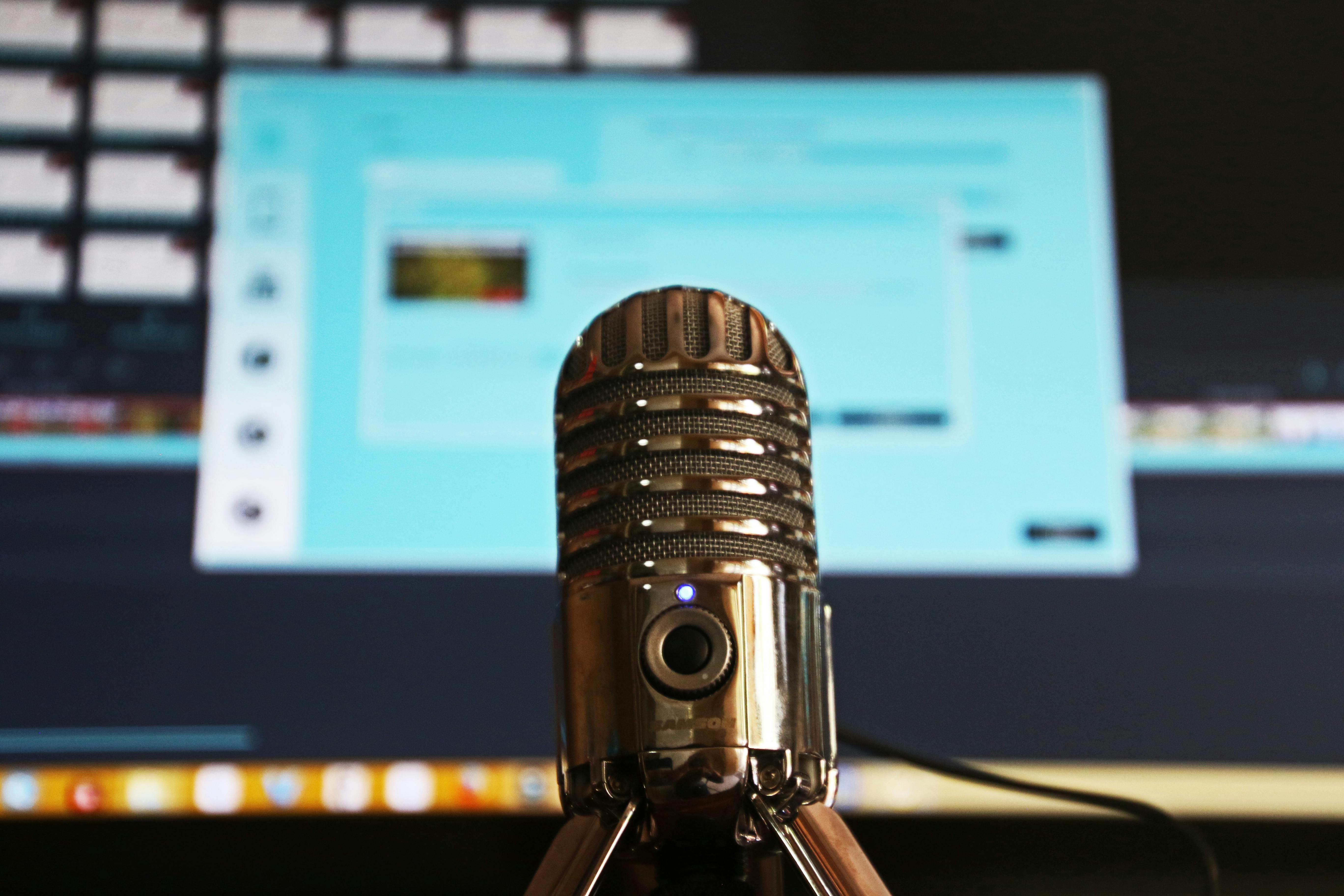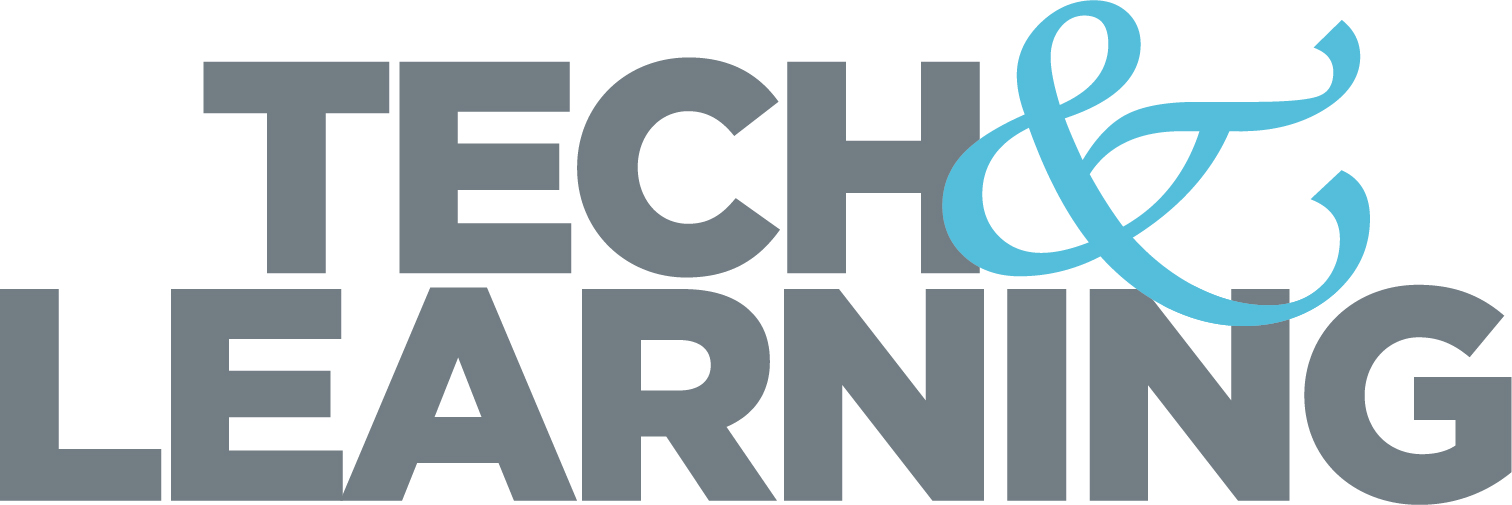Digital Leisure Reading Does Less to Aid Comprehension Than Print Reading
A new study found that when students read digital texts for leisure it had almost no impact on their reading comprehension. Here’s everything you need to know.

Digital leisure reading on a phone, tablet, or computer, has many applications. Anyone with a phone or other device can get instant answers to questions and access to newspapers, magazines, research papers, and ebooks.
All that can be a great way to increase student access to various texts, but when it comes to aiding students’ reading comprehension, digital leisure reading appears to fall short of traditional print reading.
A recent study found that there was almost no connection between digital leisure reading and improvements in reading comprehension. This is in contrast to previous research that showed reading in print, whether for leisure or school, helped improve developing readers’ comprehension.
“We already knew about the positive relationship between print reading and reading comprehension, but we did not have any study that had gathered the evidence about digital reading from the last decades,” says Lidia Altamura, lead author of the new study on digital reading and reading comprehension and a PhD student at the University of Valencia in Spain.
How Was This Digital Reading Comprehension Study Conducted and What Did It Find?
This study was an analysis of 25 studies, published between 2000 and 2022, involving about 470,000 participants from at least three dozen countries. Given the minimal connection observed between digital leisure reading and reading comprehension, Altamura and her co-authors estimate that if a student spends 10 hours reading in print in their free time, their ability to comprehend will likely be six to eight times higher than if they read on digital devices for the same amount of time.
The extent of the difference between print and digital leisure reading impact observed, surprised the researchers.
“We expected that, at least, digital leisure reading for informational purposes, such as visiting Wikipedia or other educational webpages, or reading the news, would be much more positively linked to comprehension,” Altamura says. “However, we did not find differences with other types of digital reading, which was closer to recreational reading such as chatting or checking social media.”
Tech & Learning Newsletter
Tools and ideas to transform education. Sign up below.
Did The Age of Students Matter?
Yes. For younger students in primary and middle school, if anything, digital leisure reading had a negative impact on reading comprehension. For older students in high school and college, the connection was positive but still smaller than it would be if they had read print
“The differences could be explained by sensitive periods of development. While younger children are still developing and consolidating their reading skills, older students rely on reading comprehension skills already acquired,” Altamura says. “This previous consolidation can help them overcome some of the challenges that digital reading presents.”
Is Digital Reading As Good As Print Reading in general?
Probably not. Researchers have long noted what is called the screen inferiority effect, which indicates that print readers tend to retain more information than digital readers. The same researchers behind this digital reading study also recently compared the effect of reading print vs. digital texts for students.
“We found a prevalent screen inferiority effect, meaning that the reading comprehension was slightly better in print than in digital format,” Altamura says. “The final data set consisted of 30 studies with 161,469 participants.”
She adds, “This finding also helps us to understand why the relationship between leisure digital reading habits and reading comprehension is virtually nonexistent.”
What Are The Next Steps For This Type of Research?
Given the amount of screen time most students experience, digital reading in young students is an area that needs further investigation.
“Most of the reviewed studies in our meta-analysis included secondary or university students,” Altamura says. “We think it is important to know how the relationship between digital reading frequency and reading comprehension evolves in time during early educational stages, such as primary school. This is something we are working on at the moment in a longitudinal study.”
What Does This All Mean for Educators And Parents?
“We encourage educators and parents to pay attention to the reading medium that children use for reading,” Altamura says. “We do not declare war on new technologies, they are undoubtedly part of today's education. However, we do have to take into account how we use them and how we can implement them, for example, depending on the subject and content. Another aspect to consider is the level of skills of the students.”
She adds, “We suggest that it could be beneficial to introduce digital devices when a more consolidated reading comprehension base is already acquired, as is the case with secondary school students.”
Erik Ofgang is a Tech & Learning contributor. A journalist, author and educator, his work has appeared in The New York Times, the Washington Post, the Smithsonian, The Atlantic, and Associated Press. He currently teaches at Western Connecticut State University’s MFA program. While a staff writer at Connecticut Magazine he won a Society of Professional Journalism Award for his education reporting. He is interested in how humans learn and how technology can make that more effective.










